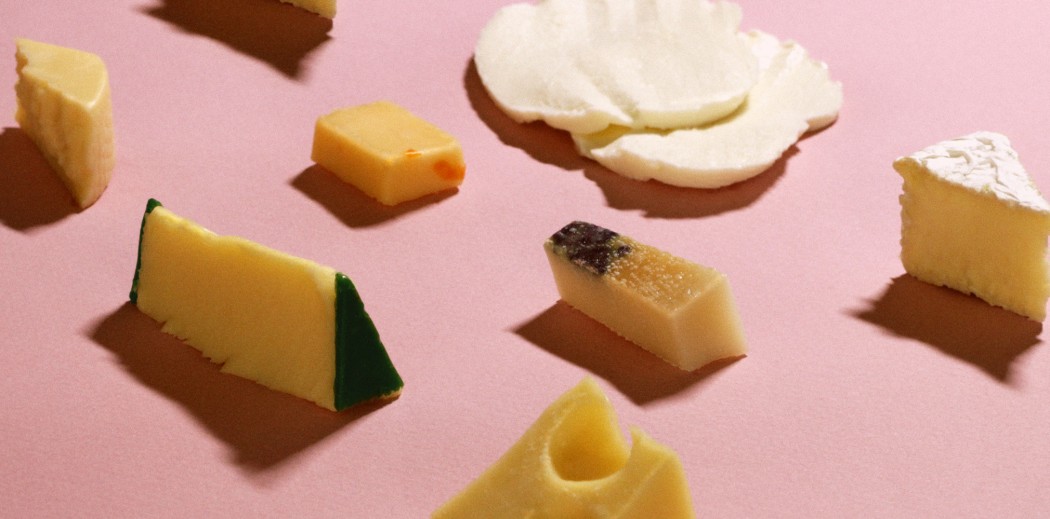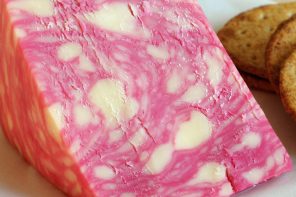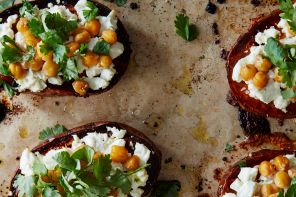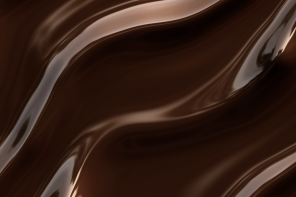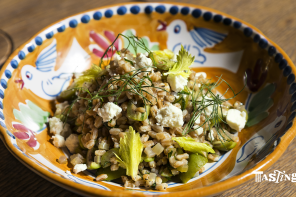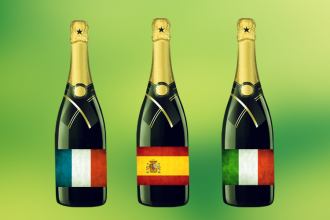More cheese please. That’s what we all (Americans, at least) keep saying. As a country, we are the leading producer of cheese, producing 5,299,000 metric tons in 2015, and nearly half of that comes from just California and Wisconsin. And this production, of more than 400 types of cheese, doesn’t seem to be slowing down.
Milk: The Main Man
It’d be a different world without milk. Forget ice cream and cheese. If you’re still not sure how cheese is made, here’s the short answer: warm milk, bacteria, lactose to lactic acid, coagulation, salt, form, age…Cheese.
But back up a bit to the milk part. Cheese is typically made from the milk of ruminants – or cud-chewing mammals that are able to break down more nutrients than animals with one stomach (including humans!) can digest. So cows (this is the most commonly used milk), but also animals like goats, sheep, buffalo, camels and reindeer.
The taste and consistencies of these animal milks are all somewhat different – goat’s milk has a tart flavor, sheep’s milk has a higher fat content than cow’s or goat’s making it a little sweeter and creamier. Non-animal based milks, like soy or cashew, are sometimes used to make vegan cheeses.
But milk alone doesn’t determine what kind of cheese will be made. (Some vegan cheeses are made without any type of milk!) The whole cheesemaking process is an art that lends you cheeses of different colors, sizes and shapes – just take a look at the cheeses we’ve paired with this month:
Havarti is a semi-soft cow’s milk cheese. It’s a very smooth cheese as cow’s milk tends to lend a very smooth base. The cheese has a slight buttery aroma, but no intense flavors so you’ll often see flavors like dill added.
Swiss is known for its distinctive holes. The holes, texture and flavor all come from a trio of bacteria that is mixed with the cow’s milk. The curds also soak in a brine and the cheese releases carbon dioxide – making the large holes or “eyes.” If you’ve ever come across Emmental (or Emmentaler) cheese – same thing. It’s the cheese we came to call Swiss cheese – though not all Swiss cheeses are made in this exact style. Swiss is mild, sweet and a little nutty.
Camembert is a cow’s milk cheese. It’s a soft cheese with a rind (yes, you can eat it!) While this cheese looks very similar to Brie – they aren’t the same. Cream is added to Brie, giving it a higher fat content and creamier texture. Camembert is known for a deeper, more earthy and intense flavor than Brie.
You’ll find many mozzarellas made with cow’s milk, but traditional mozzarella di bufala is made from the milk of water buffalo, which has a higher fat content than cow’s milk so is a little sweeter and creamier, and also has more calcium and proteins.
Mascarpone is a soft, creamy cheese made from cow’s milk with a slightly sweet buttery flavor.
Feta is usually made out of sheep’s milk or a combination of sheep’s and goat’s milk – though you many find “feta style” cheese made out of cow’s milk. Your traditional feta is usually tangy with a salty flavor as feta is aged in a brine.
Cheese & Wine Pairings
You can’t go wrong with cheese and wine. Throw together a cheese board, open some bottles and you’ll have a perfect night. But if you want to get the most out of your cheese and wine – what goes with what? Here are some pairing suggestions to try: Bold reds stand up well against stinky, firm cheeses. Spicy reds do well with soft cheeses. These cheeses have a higher fat content that balance out intense tannins and absorbs some of the acidity.
You really can’t go wrong with white wine and cheese, and that definitely includes sparkling wine. We’ve never met a bottle of bubbly that wasn’t made even more festive by the presence of nice, hearty cheese.

